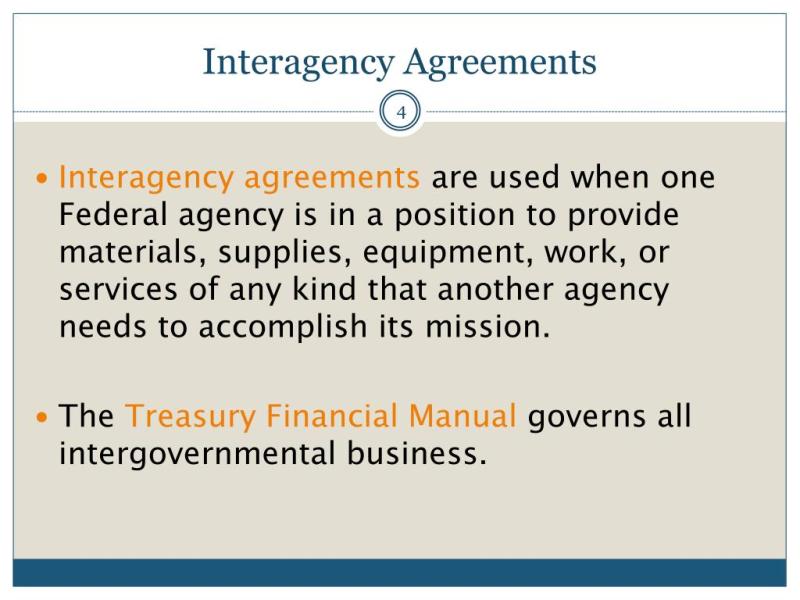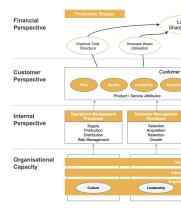What is the Treasury Financial manual?
The Treasury Financial Manual (TFM) is a comprehensive guide published by the U.S. Department of the Treasury that provides detailed information and instructions regarding the financial management policies and procedures for federal government agencies. The TFM serves as a reference tool for financial professionals, government agencies, and anyone involved in federal financial management.
Key aspects of the Treasury Financial Manual include:
Policy Guidance:
- The TFM outlines the financial policies and procedures established by the Department of the Treasury. It provides guidance on compliance with federal laws and regulations related to financial management.
Procedures and Processes:
- Detailed procedures and processes are documented to guide federal agencies in various financial management activities. This includes budget execution, accounting, reporting, and other financial operations.
Accounting Standards:
- The manual incorporates accounting standards and principles that federal agencies must adhere to in order to maintain consistency and transparency in financial reporting.
Internal Control:
- Internal control procedures and guidelines are included to help agencies safeguard assets, ensure the accuracy of financial records, and comply with applicable laws and regulations.
Reporting Requirements:
- The TFM outlines the reporting requirements for federal agencies, including the preparation and submission of financial statements, budget reports, and other financial information.
Cash Management:
- Guidelines for cash management, including disbursement and collection procedures, are covered in the manual.
Treasury Accounts:
- Details about various Treasury accounts and their use in federal financial operations are provided.
Updates and Revisions:
- The TFM is regularly updated to reflect changes in laws, regulations, and financial management policies. Users are expected to stay informed about updates to ensure compliance with the latest requirements.
Accessibility:
- The TFM is available online and can be accessed by federal agencies, financial professionals, and the public. It is a valuable resource for understanding the financial management framework of the U.S. government.
It's important to note that the TFM is a dynamic document, and users should refer to the most recent version for the latest information and guidance. The manual plays a critical role in promoting consistency, accountability, and transparency in the financial operations of the federal government.
Overview of the Treasury Financial Manual (TFM)
The Treasury Financial Manual (TFM) is the official publication of the U.S. Department of the Treasury that outlines the policies, procedures, and instructions governing financial management in the federal government. It serves as a comprehensive guide for federal agencies, their financial officers, and other stakeholders involved in the financial operations of the federal government.
Purpose and Scope of the Treasury Financial Manual
The primary purpose of the TFM is to ensure consistent and sound financial management practices across the federal government. It aims to:
Promote transparency, accountability, and efficiency in federal financial management
Establish clear and consistent financial policies and procedures
Provide guidance on various financial matters, including accounting, reporting, budgeting, and cash management
Facilitate effective financial oversight and control
The TFM encompasses a broad range of financial topics, including:
Central accounting and reporting
Receivable and delinquent debt management
Disbursing activities
Deposit regulations
Other fiscal matters such as travel, property management, and risk management
Key Components and Structure of the Treasury Financial Manual
The TFM is organized into six volumes, each covering specific aspects of federal financial management:
Volume 1: Introduction - Provides an overview of the TFM, its purpose, and its relationship to other financial regulations
Volume 2: Central Accounting and Reporting - Covers the principles and procedures for central accounting and reporting in the federal government
Volume 3: Receivable and Delinquent Debt Management - Addresses the management of receivables, delinquent debt, and debt collection activities
Volume 4: Disbursing - Provides guidance on the disbursement of funds, including payment processing, electronic funds transfers, and direct deposit
Volume 5: Deposit Regulations - Outlines the regulations governing the deposit of federal funds in financial institutions
Volume 6: Other Fiscal Matters - Covers various other fiscal matters, such as travel, property management, and risk management
Accessing and Utilizing the Treasury Financial Manual
The TFM is available online on the Treasury Department's website. It can be accessed in various formats, including HTML, PDF, and ePub. Users can search for specific topics, browse by volume or chapter, and download the entire manual or individual sections.
To effectively utilize the TFM, users should:
Understand the purpose and scope of the manual
Familiarize themselves with the structure and organization of the manual
Utilize the search function to quickly locate relevant information
Consult the TFM regularly for updates and revisions
Importance of the Treasury Financial Manual in Financial Management
The TFM plays a crucial role in ensuring sound financial management practices within the federal government. It provides a framework for consistent and efficient financial operations, contributing to:
Accurate and reliable financial reporting
Effective stewardship of federal resources
Compliance with financial laws and regulations
Enhanced accountability and transparency
Improved decision-making and financial management outcomes
In conclusion, the Treasury Financial Manual serves as a cornerstone of financial management in the federal government. By adhering to the principles and procedures outlined in the TFM, federal agencies can effectively manage their financial resources, maintain accountability, and contribute to the overall fiscal health of the United States.











